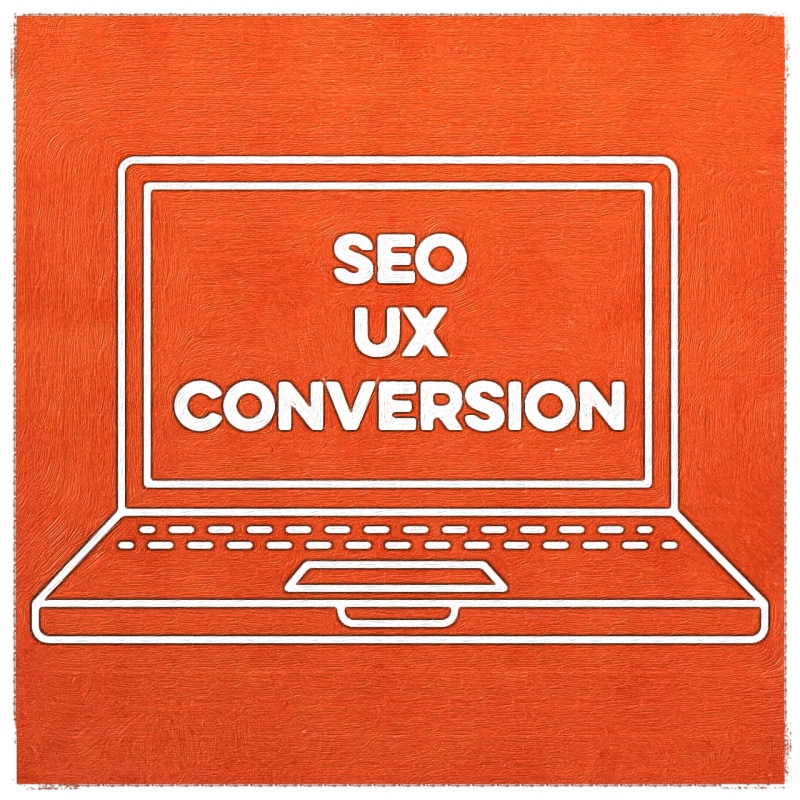 Does your website have have all of the components it needs in order for it to be successful?
Does your website have have all of the components it needs in order for it to be successful?
- Does it attract visitors on its own?
- Does it make those visitors feel comfortable when they arrive on the site?
- Does it make it super-easy for visitors to take the next step in becoming customers?
Unfortunately, many don’t.
Before we talk more about what goes into a successful website, let’s talk about why so many websites fall short on what I’ve mentioned above.
It’s because of lack of knowledge. Let me explain …
Not all websites are created equal. But to those who are outside the industry, there’s no way of knowing what’s good and what’s not good. It’s almost like someone going to buy an automobile who knows absolutely nothing about cars.
If the options are a 1979 Ford Mustang (my first car), and a 2021 Subaru Outback (my current car), and both look good from the outside — it may appear that other than the shape, size and color — there’s no difference between the two. Realistically, how can somebody who knows nothing about cars know the difference? Especially if they don’t know the right questions to ask? They may be thinking. “a car is a car — and they’re all the same. I like the blue one, and it’s also less expensive …”
Same deal with a laptop. If you know nothing about computers, there’s no way of telling which computer is more powerful than another — because you don’t know what to look for, and you don’t know what to ask. So you may judge on color or price, thinking they’re both the same …
These examples may sound far fetched, but this is EXACTLY what happens when most businesses hire a web developer to build them a website. They think that the product is the product, no matter who builds it — and this is not surprising because the business doesn’t know what to ask for, or to look for, in a well-built site. So they trust the web developer to take care of it for them.
Since all websites are not the same, here’s a list of what needs to be baked into your new site. This will equip you with some knowledge — and the ability to ask specific questions — to make sure you’re not paying someone for a clunker of a website.
The following criteria will help you attain a website that functions well, and gives you a good ROI …
1. Custom Web Design: Your site should be customized to your company’s personality, goals and needs. Avoid cookie-cutter sites that make you look like everybody else.
2. Search Engine Optimization (SEO): Every nook and cranny of your site needs to be optimized with SEO in an effort to bring more visitors to your site. Ask your potential web design firm IF they do SEO, and HOW they do it. They should tell you they optimize every single title tag, meta description, image name, alt image name, headline, copy and text link. Don’t say this to them, just know they should be saying it to you! I will bet you a cup of coffee they don’t mention most (if any) of these optimization methodologies. Oh, and they should be creating a custom keyword report for you — and meeting with you to review and explain it.
3. User Experience (UX): UX is exactly what is sounds like — the positive, negative or neutral experience a viewer has when they visit your site. This needs to be discussed. If it’s not, you could wind up with a lot of noise and distraction on your site, which is a big turnoff to visitors. Visitors need to immediately feel comfortable when they arrive on your site, and easily understand the lay of the land. Content, imagery and calls-to-action need to be easy to digest — without having to think about it. This adds up to a pleasant experience that helps build trust. Same deal here. Don’t divulge this info to the web design firm you are considering, just ask them what they do to ensure a solid UX and see what they say …
4. Conversion: A solid website conversion strategy ensures that the visitor knows exactly what to do next. Whether it’s filling out a contact form, giving you a call, or downloading some complimentary content, conversion strategies need to be crystal clear. The best way to create a conversion methodology is to focus on the solutions you provide to ease someone’s pain. In other words, provide a benefit. Never use fear tactics, or try to strong arm — or over promise.
5. Desktop & Mobile Design: Your site needs to be responsive, AND be designed for both desktop and mobile so the user experience and conversion methodologies do not suffer because of a different screen size.
There’s more to it than this, but these five items can put the power in your hands to make sure you’re hiring the right web design firm to build your website.
For more information about SEO …
You can download a free chapter from my book, A Holistic Guide to Online Marketing.
Buy the book …
If you’d like to learn more about the entire web design process, you can buy A Holistic Guide to Online Marketing on Amazon.
Thanks for visiting!